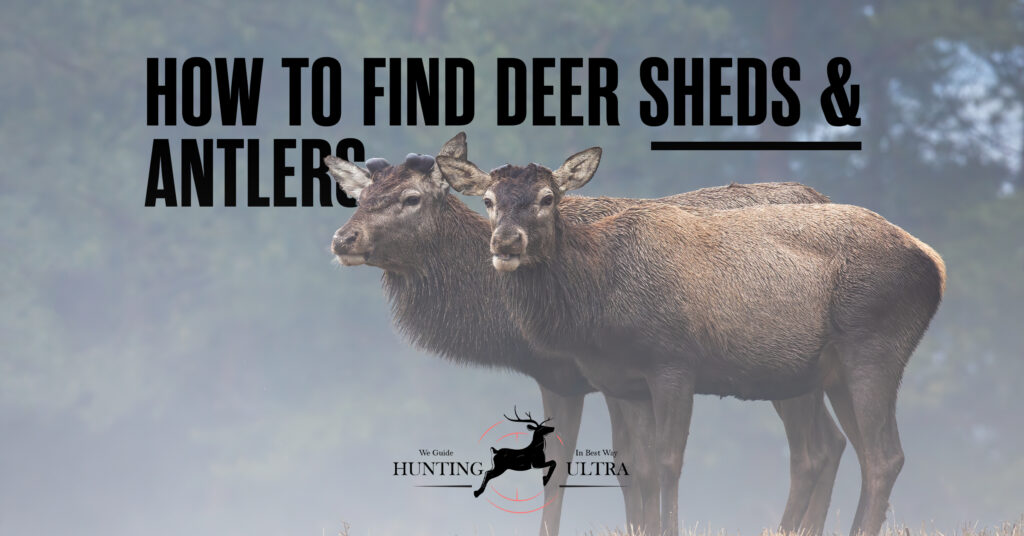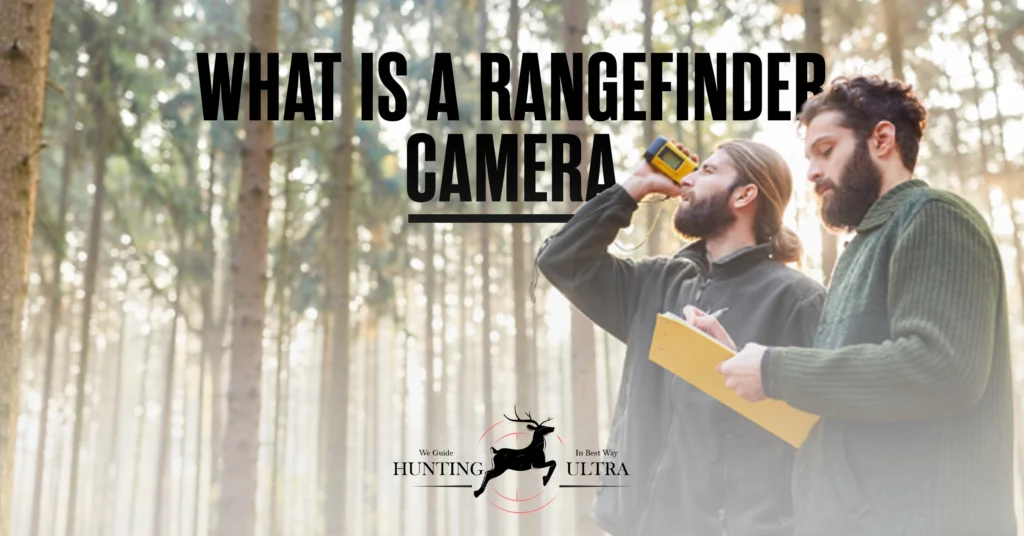Do you know How to Find Deer Sheds & Antlers? If not, don’t worry – this blog post will teach you everything you need to know! We’ll cover topics like how and when antlers fall off, where to look for them, and what to do with them once you’ve found them. So whether you’re a beginner or an experienced shed hunter, read on for some helpful tips on how to find deer sheds and antlers in 2023!
What are deer sheds and antlers?
Deer sheds and antlers are simply the sheddings of a deer’s antlers. Antlers are composed of true bone and are one of the fastest-growing tissues on Earth. Each year, a buck will grow a new set of antlers, which are used to attract mates, dominate struggles, and for protection from predators. The process by which a buck grows new antlers is called regeneration.
The time frame in which deer shed their antlers varies by region. In the northern hemisphere, bucks typically shed their antlers in late December through early February. The further south you go, the later the bucks will shed their antlers, with some bucks in Texas holding onto their racks well into March or April.
Bucks will also generally shed their antlers at similar times each year. So, if you find a buck shed in January 2020 in Georgia, chances are he will shed his antlers around the same time in 2021.
Where To Find Deer Antler Sheds?
The best time to find deer antler sheds is in the late winter or early spring. This is when the bucks have shed their antlers and the does are starting to grow new ones. You can find deer sheds in fields, woods, and even backyards. Look for areas where deer congregate and search for fresh tracks in the snow. If there’s no snow, look for areas with the soft ground where you can see tracks. Once you find an area with deer activity, look for antler sheds. They can be difficult to spot, so it’s important to look carefully. Deer antlers are usually found lying on the ground, but they can also be hidden in bushes or among leaves.
You can visit our other blog: How much wind is too much for Deer Hunting
For successful hunting, read our blog How To Read Topo Maps For Deer Hunting
How to find deer sheds and antlers?
To find deer sheds and antlers, you’ll need to do some research and head out into the woods. Deer shed their antlers typically in late winter or early spring. So, the best time to look for them is from late February to early April.
When looking for deer sheds, keep your eyes peeled for any fresh sign of deer activity, such as tracks, rubs, or browse lines. These can all help you narrow down where to look for antlers. Once you’ve found a likely spot, scan the area carefully for any antler points sticking up out of the snow or leaf litter.
Don’t be afraid to get down on your hands and knees to get a closer look – you may just find that perfect set of antlers!
When do deer shed their antlers?
Antlers are one of the most distinctive features of deer. Males (bucks) use them to assert their dominance over other bucks during the breeding season, and they are shed each year after mating season. Females (does) also have antlers, but they are usually much smaller.
The process of shedding and regrowing antlers is called “casting.” Bucks shed their antlers in late winter or early spring after the mating season is over. The velvet that covers the antlers dries up and cracks, causing the antlers to fall off. They will then start to grow new antlers immediately. The new antlers will be fully grown by late summer or early fall.
Females generally shed their antlers a month or so after giving birth to their fawns in late spring or early summer.
How to prepare for shed hunting season?
It’s that time of year again! Shed hunting season is upon us and it’s time to start preparing. Here are a few tips to help you get started:
- Get in shape – shed hunting can be tough on the body, so make sure you’re in good physical condition before heading out.
- Know your area – take some time to familiarize yourself with the area you’ll be shed hunting. This will help you save time and energy while you’re out looking for sheds.
- Bring the right gear – make sure you have all the necessary gear for shed hunting, including a good pair of hiking boots, plenty of water, and snacks.
- Be patient – shed hunting can be a slow process, so it’s essential to be patient and take your time.
- Have fun! – Remember, shed hunting is supposed to be fun so make sure to enjoy yourself while you’re out there!
What to do with deer sheds and antlers once you find them?
If you’re lucky enough to find a deer shed or antler, congratulations! Here are a few ideas of what you can do with your new-found prize:
- Mount it on a plaque or piece of wood for wall décor
- Create a wind chime or mobile
- Turn it into a paperweight or doorstop
- -Drill a hole in the base and use it as a unique vase or candle holder
- Use small pieces as accents in jewelry or other crafts
Whatever you decide to do with your deer shed or antler, enjoy your new natural treasure!
Conclusion
So, there you have it – a guide on How to Find Deer Sheds & Antlers in 2023. With a little bit of patience and some keen eyesight, you should be able to find what you’re looking for. Remember, the best time to look for deer sheds is in the late winter or early spring, so start your search then, and good luck!
Frequently Asked Questions
1. How can I find deer sheds?
The best way to find deer sheds is to search for them in areas where deer congregate and travel. Look for fresh tracks, scat, and rubs on trees. Also, scan open areas such as fields, power lines, and fence rows. And don’t forget to check bedding areas!
2. When do deer shed their antlers?
Deer shed their antlers typically between January and March. However, shedding can occur as early as December or as late as April depending on the region and the individual deer.
3. Why do deer shed their antlers?
Deer shed their antlers annually as a result of changing hormone levels in their bodies. Antlers are made up of bone which is covered by a layer of living tissue called velvet. The velvet supplies blood to the growing antler and is eventually lost when the antler reaches its full size. Once the velvet dries up and dies, the bone begins to harden and the process of shedding begins.
4. What are some signs that a deer is about to shed its antlers?
Some signs that a deer is about to shed its antlers include excessive scratching or rubbing of the head and neck area, acting agitated or restless



